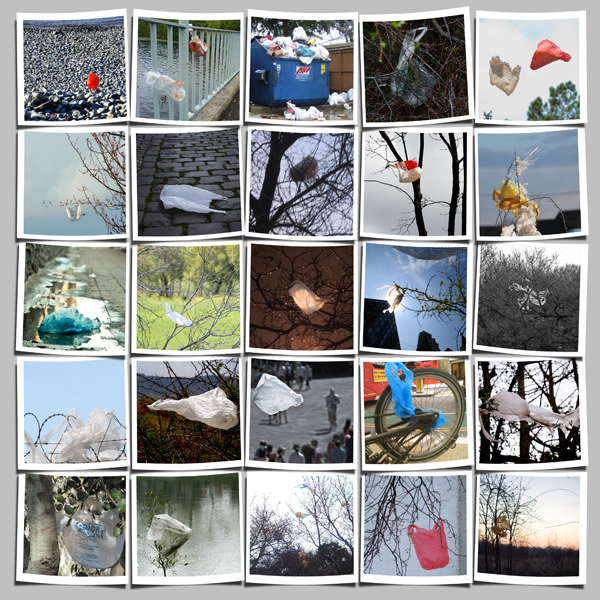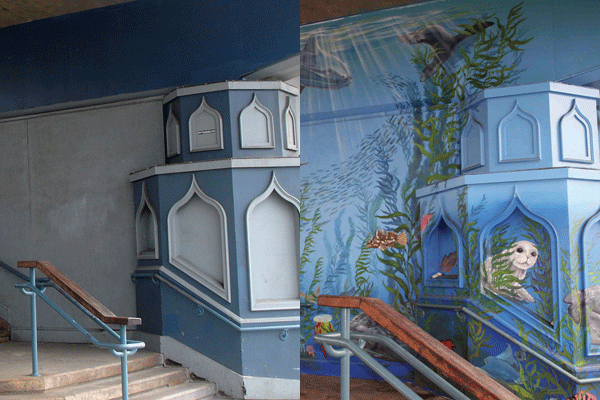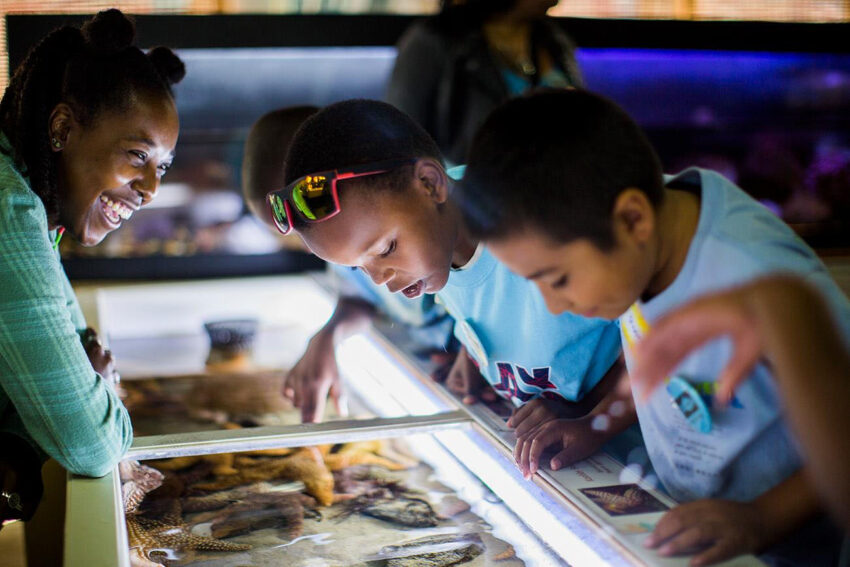They float down the street like tumbleweeds, get stuck in trees and wrap around fence posts, flapping like tattered flags in the wind. You know what we’re talking about: Discarded plastic bags.
We want to tell their story, and we need your help. Because we believe that in a sea of text, it’s often photographs that catch our eye. We ask you to submit to us your own photographs of plastic bags that you find in their unnatural habitats.
You can share your plastic bag images on Twitter, Flickr and Instagram using the tag #BagBanCA, and on Facebook by posting them to our Fan Page. We will be reposting them here and collecting them to present to the State Senate. Your photos are automatically entered to win a free “California, Sack the Bag” T-shirt!
Californians use an estimated 12 billion single-use plastic carryout bags a year, and due to their lightweight nature and the fact that they never truly biodegrade, these bags often end up as litter. This is not just a coastal or beach issue: We encounter them as litter in schoolyards and our parks, and if you’re really unlucky, you’ve discovered them wrapped around your car’s exhaust system.
Over 100 California cities and counties have led the charge in banning plastic bags. And now the California legislature has the opportunity to eliminate plastic bag waste statewide by passing Assembly Bill 298. This bill will create a uniform California policy by phasing out single-use plastic bags in supermarkets, retail pharmacies, and convenience stores statewide and encouraging consumers to bring reusable bags, the most sustainable alternative. We don’t want to just tell state legislators that this legislation is important to Californians; we want to show them why passing this bill is necessary.
It’s time to use photos to tell the story about plastic bag pollution in your neighborhood.





